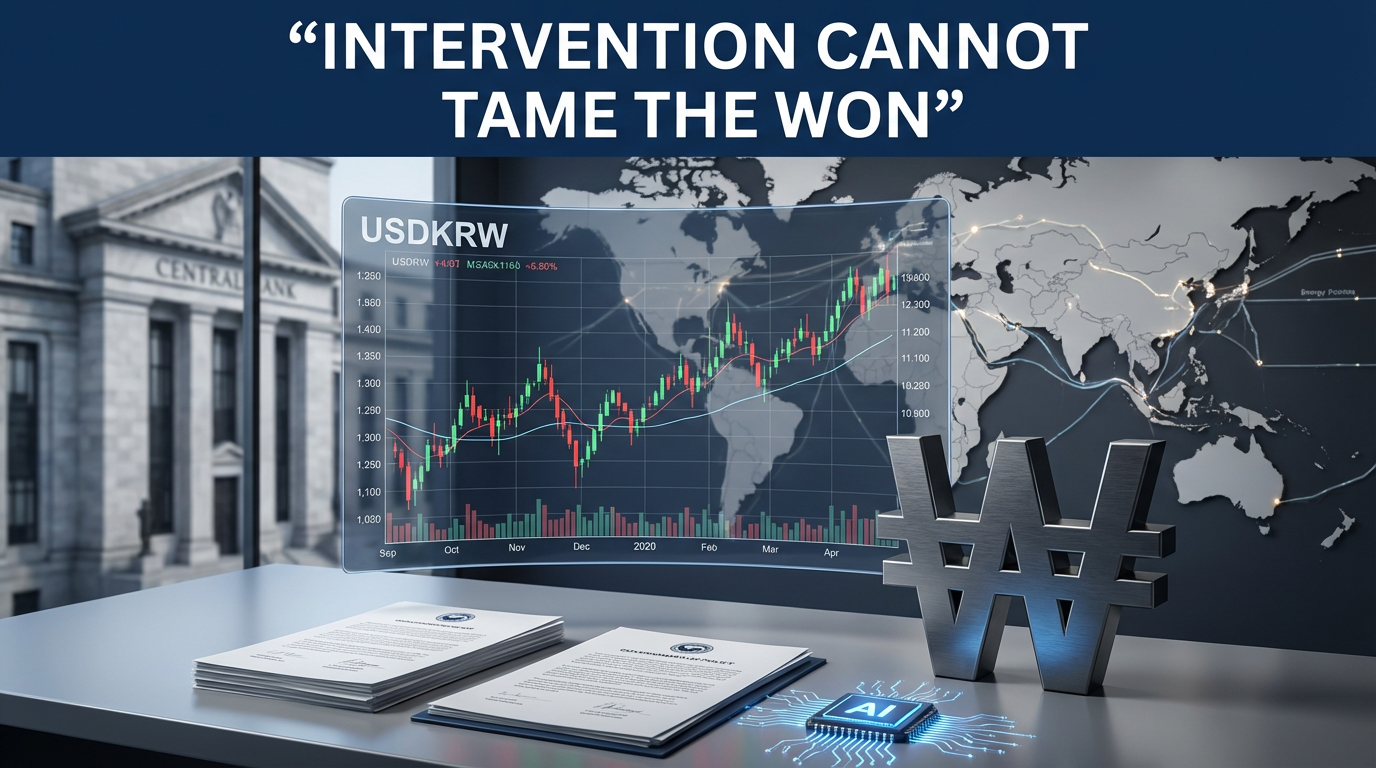● Wedding Woes: Even Gifts Spark Debate
Decline in Marriage Rate and Rising Wedding Costs: Changing Wedding Trends and Economic Impact
[1] Changing Wedding Culture and Cost Status
People are spending more and more on weddings.
The marriage rate is decreasing, but wedding costs are actually increasing.
In the past, there was a strong perception that weddings, which happen only once in a lifetime, should be lavish, but these days, as the burden of costs increases,
Instead of that splendor, there is a movement to choose a simple wedding or replace it with marriage registration.
From the perspectives of economic trends, consumer sentiment, and the global economy, this phenomenon is affecting the entire wedding industry.
[2] Domestic Wedding Costs and Government Survey Data
According to the ‘Wedding Service Status Survey’ conducted by the government,
The average cost of a pure wedding (excluding house prices and honeymoons) was 25 million won.
The costs announced by existing wedding information sites or wedding companies are mostly high (e.g., over 70 million won),
This is because the consumer base that uses the information tends to have a high income level, so it is higher than the average.
From the perspective of cost analysis and consumer sentiment,
The actual cost of a wedding is difficult for consumers to understand the appropriate price due to information asymmetry and price non-disclosure.
[3] Comparison with Overseas Wedding Costs
It has been announced that the average wedding in the United States costs $35,000 (about 50 million won) and 20,000 pounds (about 37 million won) in the United Kingdom.
From this, it has been confirmed that the cost of weddings in Korea is not the most expensive in the world.
However, since wedding costs are difficult to simply compare, individual preferences, region, and popularity of the wedding hall play a major role.
[4] Wedding Industry Trends and the Impact of the Corona Pandemic
Only 10 years ago, there were 900 to 1,000 wedding halls nationwide,
The supply has plummeted since the pandemic, falling to around 700.
As demand became concentrated in specific popular wedding halls, reservation competition became fierce,
Prices automatically increased in situations where reservations were difficult.
This decrease in supply and concentration of demand is
It can be seen as a representative example of reflecting market principles in the economic outlook and the global economic situation.
[5] Supply and Demand Imbalance: Abuse of Power and Price Increase Issues
Wedding prices are not disclosed, making price comparison difficult,
In particular, consumer information asymmetry is exacerbated in the case of popular wedding halls.
Consumers share information through reviews, but
Since actual weddings are one-time events that cannot be returned or repurchased,
Consumers are highly likely to be exposed to abuse of power.
From the perspective of wedding trends and cost analysis,
Prospective brides and grooms focus on the areas they consider most important.
They have no choice but to make decisions within their budget.
[6] Emergence of Various Wedding Styles
Due to the increased cost burden,
Instead of traditional lavish weddings, small weddings, factory-style weddings, and marriage registration are held.
Various wedding cultures are emerging.
For example, a small wedding is
Although the cost itself is not significantly reduced, it can be an option to reduce the economic burden by minimizing the number of people and components.
In addition, prospective couples should consider what aspects of the wedding, such as jewelry, clothing, and congratulatory money,
By focusing more on what they should focus on, they can use the selection and concentration strategy
There is a movement to efficiently allocate costs.
[7] Conclusion and Future Outlook
The phenomenon of rising wedding costs and declining marriage rates is not simply a change in wedding culture,
It is explained by complex factors such as consumer sentiment, overall economic supply-demand imbalance, and price information asymmetry.
How much value to place on the event of marriage depends on individual preferences,
Economic conditions, global economic outlook, and marketing strategies are intertwined, and the future wedding market is
It is expected that more diverse forms and price competition will be formed.
Summary
According to a government survey, the average wedding cost in Korea is 25 million won.
Compared to overseas cases such as the United States and the United Kingdom, the Korean market
Due to information asymmetry, decreased supply, and concentration of demand on specific wedding halls,
Price increases and consumer abuse issues are occurring.
Along with changes in the wedding industry after the pandemic, small weddings, etc.
As various wedding styles emerge, when preparing for a wedding
It is emphasized that you must choose and focus on the core values.
Through keywords such as the global economy, economic outlook, consumer sentiment, wedding trends, and cost analysis
This article systematically conveys the causes and alternatives to the phenomenon of rising wedding costs and declining marriage rates.
[Related Articles…]
Wedding Culture Innovation
Wedding Cost Inflation Analysis
*YouTube Source: [머니인사이드]
– “그냥 결혼식 하지 말까” 축의금조차 논쟁거리라는 요즘 결혼식 👰 I 결혼 편



